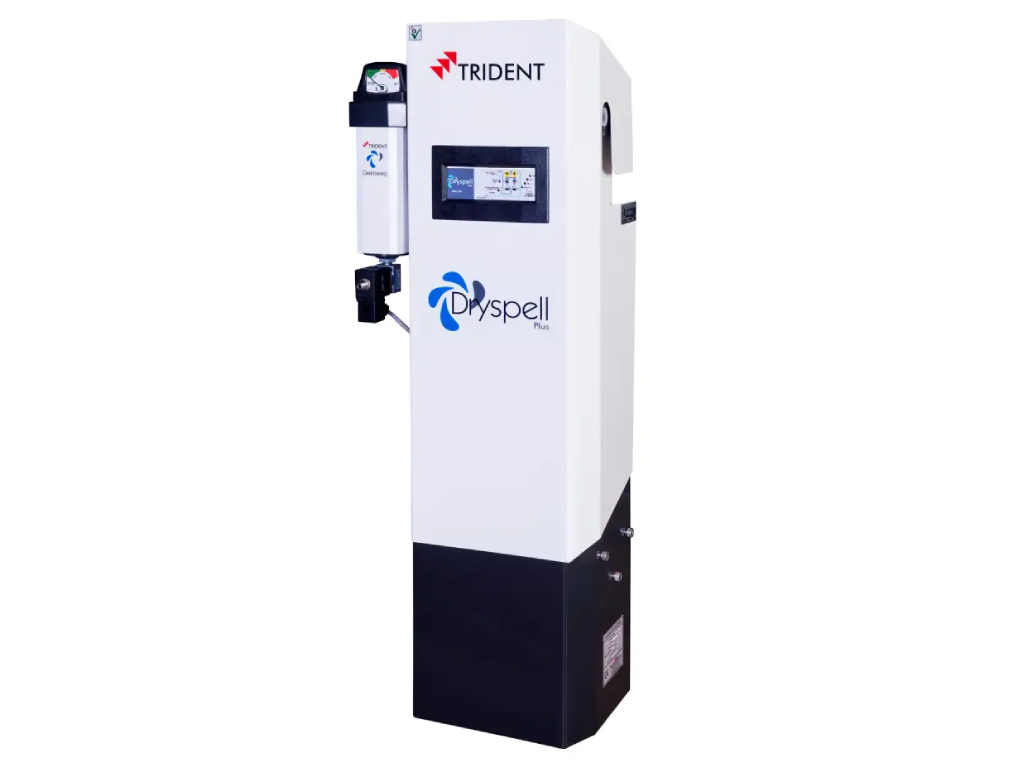Understanding the Mechanics of Air Compressor Auto Drain
In the realm of compressed air systems, efficiency and reliability are paramount. Any mechanism that can automate processes, reduce manual intervention, and ensure smooth operation becomes indispensable. One such component is the air compressor auto drain, a vital element in maintaining the optimal performance of compressed air systems. In this comprehensive guide, we delve into the inner workings of air compressor auto drains, their importance, and how they contribute to the efficiency of industrial operations.
What is an Air Compressor Auto Drain?
An air compressor auto drain is a mechanism designed to remove condensate and contaminants from compressed air systems automatically. As compressed air cools down, moisture from the air vaporizes and condenses into liquid form, accumulating within the system. If left unchecked, this moisture can lead to corrosion, contamination, and operational inefficiencies. The auto drain ensures the timely removal of this condensate, thereby preserving the integrity and functionality of the compressed air system.
Key Components of Air Compressor Auto Drains:
To understand how air compressor auto drains function, it’s essential to familiarize oneself with their key components:
- Drain Valve: At the heart of the auto drain system lies the drain valve, which is responsible for releasing accumulated condensate from the compressed air system. These valves come in various designs, including float-operated, timer-controlled, and electronic sensors, each catering to specific operational requirements.
- Sensor Technology: Many modern auto drains employ advanced sensor technology to detect the presence of condensate within the system accurately. These sensors monitor variables such as water level, pressure differentials, or conductivity to initiate the drainage process precisely when needed.
- Control Mechanism: The control mechanism regulates the operation of the auto drain, ensuring it activates only when necessary. This can include programmable timers, pressure switches, or electronic controllers, offering flexibility and customization according to the application’s demands.
- Exhaust System: Once the condensate is expelled from the system, it needs to be safely discharged. The exhaust system of the auto drain ensures that the removed moisture exits the compressed air system without causing any obstruction or backflow.
How Air Compressor Auto Drains Work:
The operation of air compressor auto drains can vary depending on the type and design of the system. However, the fundamental principle remains consistent: to detect, collect, and remove condensate from the compressed air system efficiently. Here’s a simplified breakdown of how auto drains typically function:
- Detection: The auto drain system continuously monitors the presence of condensate within the compressed air system using sensors or control mechanisms.
- Activation: When the sensors detect a predetermined level of condensate accumulation, they trigger the drain valve to open, allowing the collected moisture to drain from the system.
- Drainage: Once the drain valve is activated, the accumulated condensate is expelled from the system either by gravity, pressure differentials, or a combination of both.
- Closure: After the drainage process is complete, the drain valve closes, preventing any further loss of compressed air and ensuring the system remains sealed and operational.
Benefits of Air Compressor Auto Drains:
The integration of air compressor auto drains offers numerous benefits to industrial operations, including:
- Improved Efficiency: By automating the condensate removal process, auto drains eliminate the need for manual intervention, reducing downtime and optimizing system performance.
- Enhanced Reliability: Regular removal of condensate prevents corrosion, contamination, and blockages within the compressed air system, ensuring long-term reliability and functionality.
- Energy Savings: By maintaining clean and dry compressed air, auto drains contribute to energy savings by reducing pressure drop and minimizing the risk of equipment malfunctions.
- Increased Safety: Effective condensate management reduces the likelihood of accidents caused by moisture buildup, such as water hammering or freezing within the system.
- Compliance Assurance: Many industrial standards and regulations mandate proper condensate management in compressed air systems. By utilizing air compressor auto drains, businesses can ensure compliance with these requirements.
Drain Valve Manufacturers and Industry Standards:
As demand for efficient condensate management solutions continues to rise, several manufacturers specialize in producing high-quality drain valves tailored to diverse industrial applications. These Drain Valve Manufacturers prioritize innovation, reliability, and compliance with industry standards to meet the evolving needs of their customers. When selecting an air compressor auto drain, it’s essential to choose a reputable manufacturer known for their expertise and commitment to quality.
Choosing the Right Air Compressor Auto Drain for Your Application:
Selecting the appropriate air compressor auto drain for a specific application requires careful consideration of various factors:
- System Size and Capacity: The size and capacity of the compressed air system dictate the type and specifications of the auto drain needed to effectively manage condensate removal.
- Environmental Conditions: Consideration should be given to the operating environment, including temperature variations, humidity levels, and potential exposure to contaminants, which may influence the choice of drain valve technology.
- Maintenance Requirements: Assessing the maintenance requirements of different auto drain options is crucial to ensuring long-term reliability and performance. Factors such as accessibility for servicing, ease of cleaning, and durability should be taken into account.
- Cost-Benefit Analysis: While cost is a significant factor in the selection process, it’s essential to weigh the upfront investment against long-term savings in energy consumption, maintenance costs, and operational efficiency.
In the realm of compressed air systems, the importance of effective condensate management cannot be overstated. Air compressor auto drains play a crucial role in maintaining the efficiency, reliability, and safety of these systems by automating the removal of moisture and contaminants. By understanding the mechanics of auto drains and their benefits, businesses can make informed decisions to optimize their compressed air operations. With the support of reputable Drain Valve Manufacturers, they can ensure the seamless integration of auto drain solutions tailored to their specific requirements, thus enhancing overall productivity and performance.




